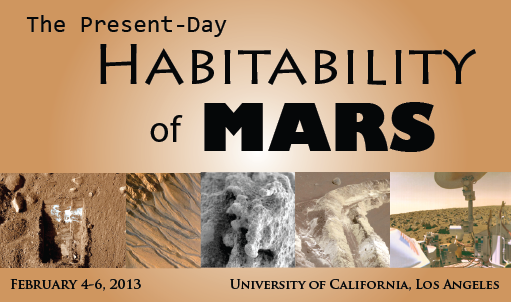The laboratory experiments of Browand and Winant (Geophysical Fluid Dynamics, 1972), in which a cylinder is towed horizontally in a uniformly stratified fluid, will be used as a case study in combining laboratory, numerical, and theoretical approaches to idealized flows with geophysical applications.
This talk will focus first on the steady, low topographic Froude number regime characterized by blocking, upstream propagation of long gravity waves and stratified hydraulic control. Laboratory and numerical results will be used to motivate a new theoretical framework that describes the observed accelerated, asymmetric flow over the obstacle crest in terms of reduced gravity single layer hydraulics. The active layer is subcritical upstream, controlled at the crest, and supercritical downstream.
These ideas are then extended to oscillating flows and a new scaling analysis is introduced that clarifies the distinction between linear flows characterized by internal wave radiation and nonlinear flows that exhibit a mix of wave-‐like and hydraulic-‐like features. These nonlinear flows oscillate between states in which supercritical jets separate from the lee of the obstacle and are broken apart by a series of shear instabilities. The theoretical and scaling arguments are compared to both laboratory and numerical experiments of oscillating stratified flow past a cylinder.



